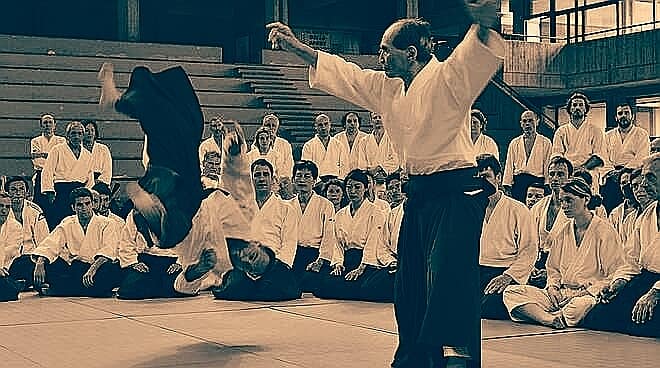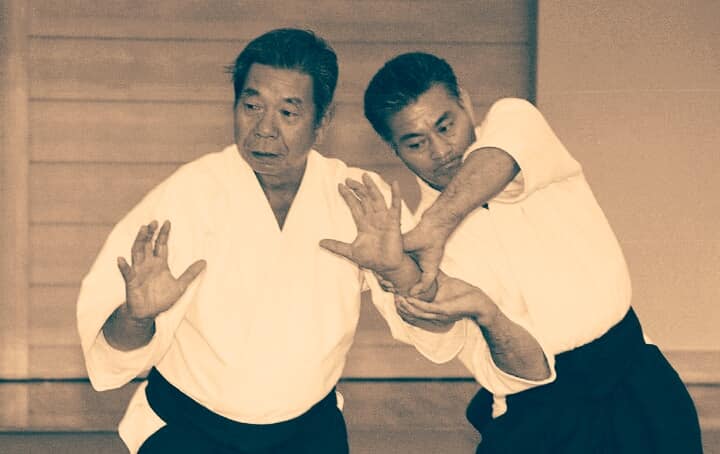The popular Facebook group “Aikido” shares well-written content about the traditional martial art, and the technical notebook.
Morotedori (also called katate ryotedori) is sometimes dealt with as aihanmi katatedori, and sometimes as gyakuhanmi katatedori, depending on which one of uke’s arms tori does the technique on.
Morotedori counts as mae, a front attack, although uke should apply the grip almost behind tori, not to be too vulnerable to a strike from tori. On katadori and ryokatadori it is usually necessary to break free of the grip, to do the aikido technique.
Same entrance on one hand attack as on ryo, both, and practically the same execution of the technique.
Sodedori and hijidori are usually done as ryo, grip with both hands. If just a one hand grip, they are treated the same as ryo.

Entrance on shomenuchi should also protect against yokomenuchi, and vice versa. Same with jodantsuki/chudantsuki, maegeri/mawashigeri. Basic techniques on shomenate are done like on shomenuchi. Often in aikido, shomenate is done instead of shomenuchi, also as basics.
Both maegeri, straight kick, and mawashigeri, roundhouse kick, can be done to different height – usually chudan or jodan – but it makes no difference in how the aikido technique is done.
Katadori menuchi would be most effective to always handle as katadori, commencing before the shomen strike, but most common in aikido is to await the shomen and then do the technique on either the shomen or the katadori.
Katadori jodantsuki is treated much the same as katadori menuchi.



